Nuts & seeds are often taboo on a low oxalate, kidney stone friendly diet. This is probably because nuts and seeds are notorious for being high in oxalate. But, there are huge differences in oxalate between different nuts and seeds. If done correctly, nuts and seeds can be a part of a healthy low oxalate diet!
*Please note that this post contains clearly identified affiliate links. If you click on these links and choose to make a purchase, I may receive a commission (at no cost to you). As an Amazon Associate I earn from qualifying purchases.
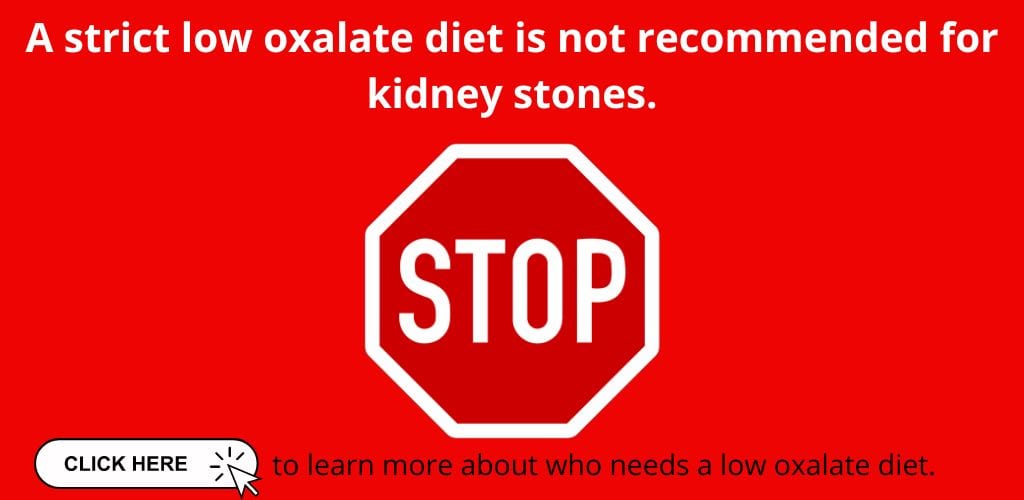
Table of Contents
Who Needs Low Oxalate Nuts?
Before we jump into which nuts and seeds are low in oxalate, it is important to know who needs to avoid high oxalate nuts and seeds.
Oxalate is most known for it’s role in kidney stones. However, not everyone with kidney stones needs to avoid oxalate. It is important to work with your doctor to figure out what kind of kidney stones you have. If you have a kidney stone other than calcium oxalate, avoiding oxalate will not reduce your risk of kidney stones.
If you were not able to have your kidney stone analyzed, a 24-hour urine test will tell you what kind of stones you are most likely to make. The test will also tell you what your kidney stone urine risk factors are.
Even for the same kind of kidney stone, urine risk factors can be different. For example, too much calcium in urine is the most common risk factor for calcium oxalate kidney stones. Other urine risk factors are high urine oxalate, low urine pH, low urine citrate and high urine uric acid. (1) You can target your specific risk factors with nutrition!
If you have high urine oxalate, it is important to follow a low oxalate diet, including low oxalate nuts. (2)
Remember that fluid, sodium, protein, calcium and healthy diet patterns all play very important roles in kidney stone prevention too! (1)
Why Eat Low Oxalate Nuts & Seeds?
Heart Health
Perhaps the biggest benefit of nuts and seeds is heart health! Nuts and seeds are a great source of heart healthy polyunsaturated, omega-3 and omega-6 fats. People who eat more nuts are less likely to have heart disease and high cholesterol. (3)
Fiber
Low oxalate nuts and seeds can be an important source of fiber. Eating enough fiber can be tough! Especially on a strict low oxalate diet. Adding healthy low oxalate nuts and seeds to your diet will help you get enough fiber. Women should eat 25 grams of fiber each day. Men should aim for 38 grams. (4) One ounce of pecans has about 3 grams of fiber. (5)
Fiber is most known for its benefit for bowel health. Eating enough fiber keeps you regular! Fiber can also help ward off heart disease and diabetes. (6)
Healthy Plant Protein
“Plant based” eating has become quite trendy in recent years – for good reason! Eating more plants like vegetables, fruits, whole grains, nuts and seeds is protective against chronic disease.
In light of the “plant based” movement, products such as Beyond Burger and Impossible Burger have taken off. Although these meat substitutes can be a healthy option on occasion, they tend to be very high in salt. If you have Chronic Kidney Disease, phosphorus additives may also be a concern.
If you are trying to cut back on meat, it is better to get protein from natural sources, such as whole grains, nuts, seeds, beans and lentils. Low oxalate nuts and seeds are a great source of plant based protein!
Brain Health
Nuts may also help protect your brain! Nuts are an important part of a Mediterranean diet pattern, which is associated with slower cognitive decline and reduced risk of Alzheimer’s disease. (7) In fact, nuts are a critical part of the “MIND” diet, which was created to target cognitive function and to prevent Alzheimer’s. The “MIND” diet has been proven to do just that! (8)
Low Oxalate Nuts
Coconut
0mg oxalate per ounce
Coconut comes in at the lowest oxalate amount – zero! However, the fat in coconut is not ideal. Coconut is very high in saturated fat, which is associated with worse heart health and is not endorsed by the American Heart Association.(9) Also, be careful of extra sugar in shredded coconut and coconut milk.
However, coconut is a great source of fiber! Enjoy coconut in smaller amounts and mix in other low oxalate nuts to keep your heart healthy!
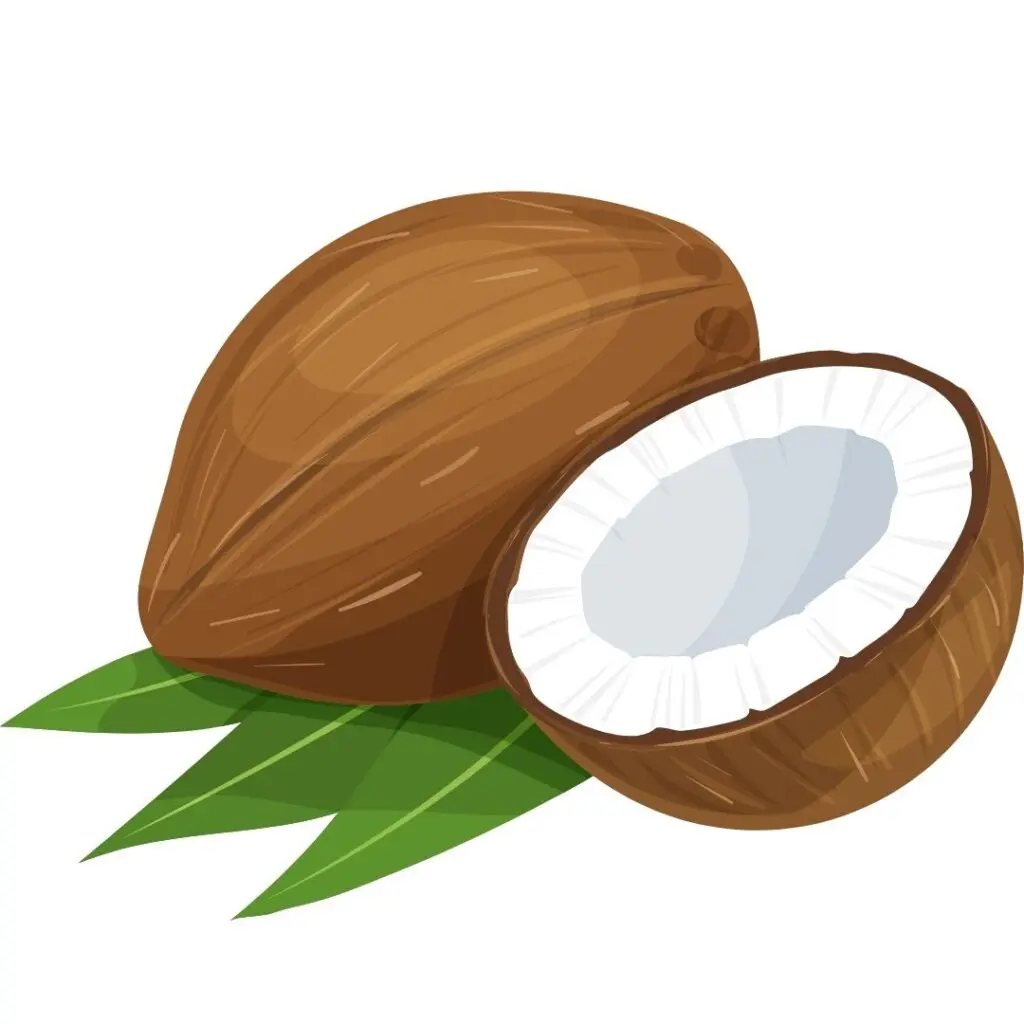
Macadamia Nuts
12mg oxalate per ounce
Macadamia nuts* are delicious in more than cookies! Macadamia nuts are a great low oxalate nut choice.
Pecans
10mg oxalate per ounce
Who doesn’t love pecans!? Sprinkle some pecans* on your salad or in oatmeal to add some fiber and healthy plant protein.
Pistachios
14mg oxalate per ounce
The perfect snack! Pistachios* are a great option for a low oxalate diet. They also happen to be one of the lowest calorie nuts.
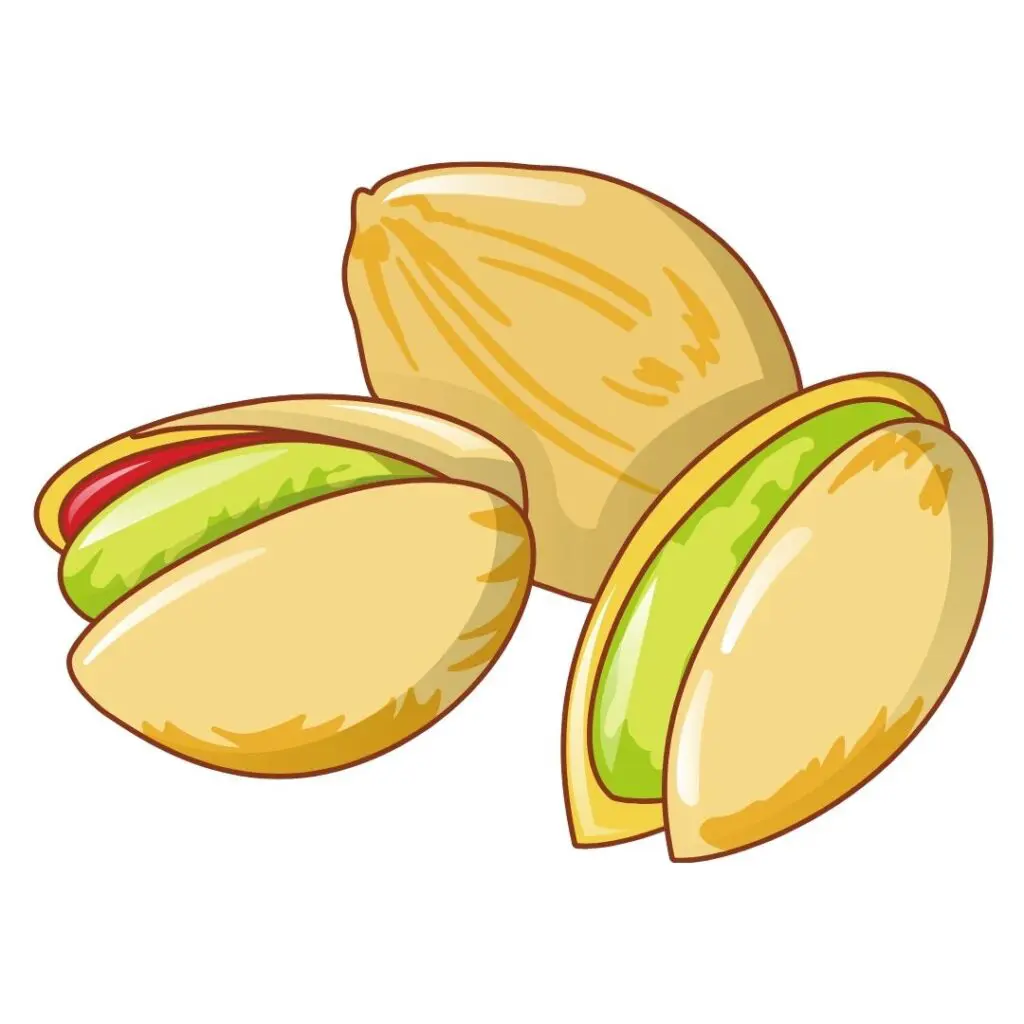
Walnuts
8mg oxalate per ounce
Walnuts* are packed with heart healthy polyunsaturated fat, making them a great option for your heart!
Low Oxalate Seeds
Flax Seeds
2mg oxalate per 2 tablespoons, ground
Flax seeds* pack 2 grams of fiber per tablespoon. They are also a good source of heart healthy omega-3 fats. Make sure to use ground flax seed, to be able to take full advantage of their benefits!
If you really like flax seeds, try Flackers*, a low oxalate cracker made from just flax seed, spices and a little salt!
Hemp seeds
3mg oxalate per 2 tablespoons
Hemp seeds* (or, hemp hearts) add a great crunch to almost anything! Sprinkle them on yogurt, salads or oatmeal.
Pumpkin Seeds
5mg oxalate per 1/4 cup
Pumpkin seeds* (or “pepitas”) are more than a treat in the fall! You can find pumpkin seeds year round. Add them to salads, oatmeal, yogurt or make your own low oxalate trail mix!
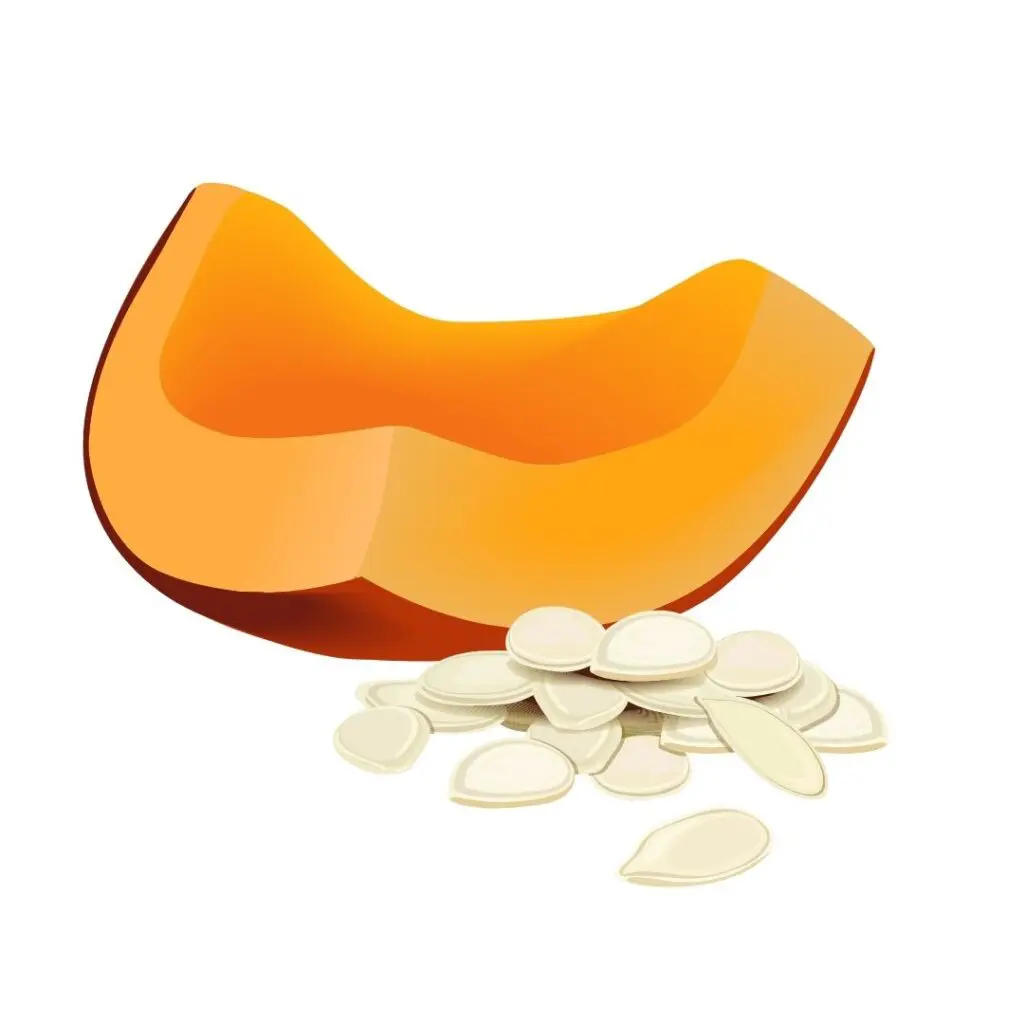
Sunflower Seeds
3mg oxalate per 1/4 cup
Sunflower seeds* are delicious on salads for a nutty flavor and crunch. Be careful to avoid salted and flavored sunflower seeds. Sunbutter* is made from sunflower seeds and is a tasty, lower oxalate alternative to peanut butter.
Watermelon Seeds
5mg oxalate per 1/4 cup
These can be harder to find, but watermelon seeds are another low oxalate seed.
High Oxalate Nuts & Seeds
On the flip side, there are some nuts and seeds that are very high in oxalate. If you have high urine oxalate, it is best to avoid these nuts and seeds. Or, eat them only on occasion!
- Almonds (122mg oxalate per ounce) – don’t forget almond butter, flour and milk are high in oxalate too!
- Brazil nuts (137mg oxalate per ounce)
- Cashews (49mg oxalate per ounce)
- Hazelnuts (63mg oxalate per ounce)
- Pine nuts (56mg oxalate per ounce)
- Chia seeds (45mg oxalate per 2 tablespoons)
- Sesame seeds (126mg oxalate per 2 tablespoons)
Advice for Eating Low Oxalate Nuts & Seeds
Watch Portion Size
Portion size is important to help control how much oxalate you eat. Even low oxalate nuts and seeds can add up!
A portion of nuts is 1 ounce, or about 1/4 cup of whole, shelled nuts. A portion of seeds is about 2 tablespoons for smaller seeds (like hemp or flax seeds), or a 1/4 cup for larger seeds (like sunflower or pumpkin seeds).
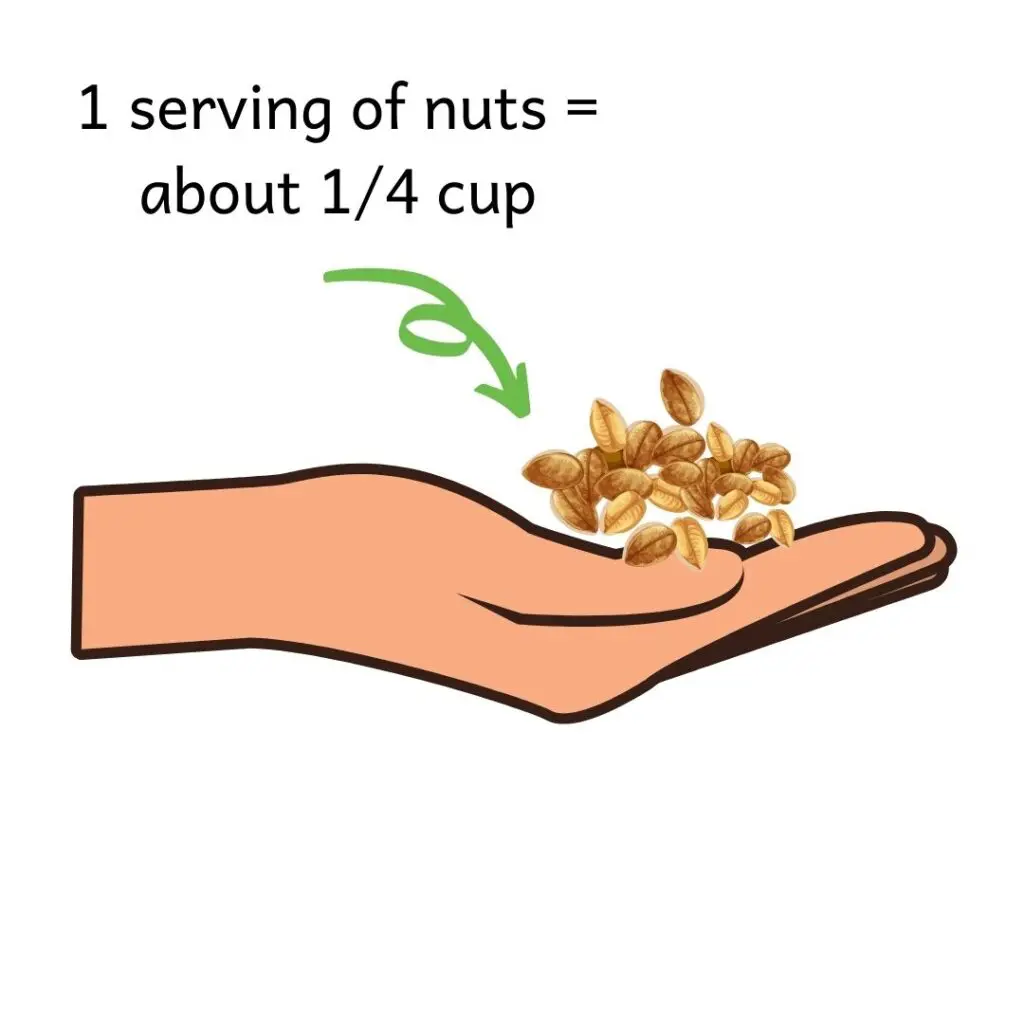
Choose Unsalted Low Oxalate Nuts!
Make sure to find unsalted or “lightly salted” nuts and seeds. Sodium plays a big role in kidney stones. Most people should limit sodium to 1,500-2,300mg per day to prevent kidney stones.
Happy Eating!
Melanie

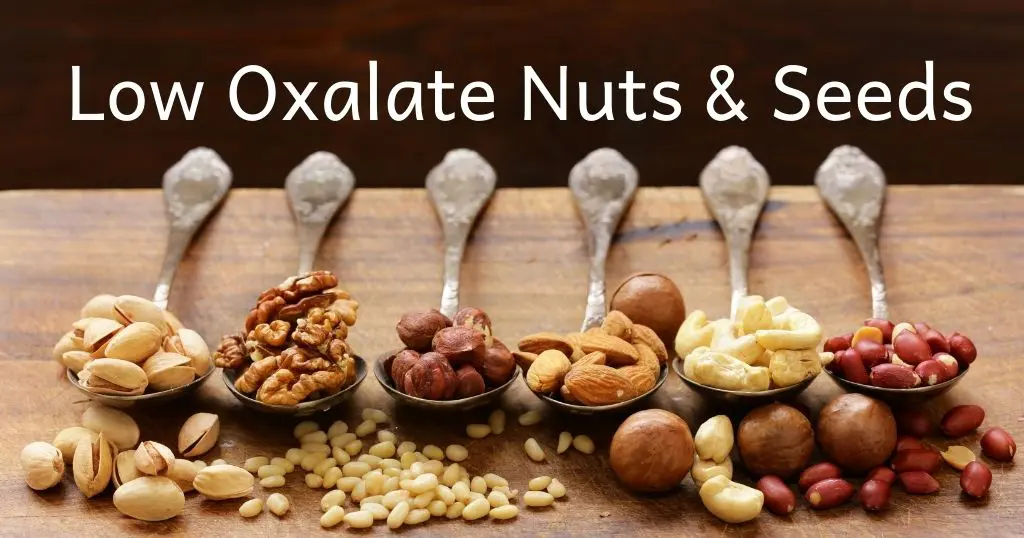
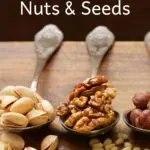
I like to add pumpkin seeds, sunflower seeds, and pecans to my oatmeal. Initially I blanch the mix to remove the salt and inactivate the oxyalate ( to some degree). Is blanching the seeds and nuts all that helpful?
I actually never recommend boiling foods (or blanching) to remove oxalate as this also removes ALL the water soluble vitamins and minerals.
Yep, sigh…. Thank you for posting this, been thinking about the same thing that you just posted when I boil my sliced up sweet potato and white potato. Losing oxalates, and losing desired nutrients as well.
The Harvard list has 1/2 c hemp seeds coming in at 74 mg / 1 tbsp = 9 mg if my math is correct and you have it at 1.5 mg per 1 tbsp. Can you confirm info?
I don’t think the original Harvard list has hemp seeds on it. I get all oxalate info from foods not on the Harvard list from a database called NDSR or specific reputable studies.
I heard that most of the oxalates in almonds are in the skin, so using peeled almonds is much better?
There would still be quite a bit of oxalate in peeled almonds.
I’m in week 2 of your Kidney Stone Prevention course. To educate is key. I had a follow up yesterday and not only kept up, but was able to ask questions and advocate! He’s ordered another 24hr urine test (last one was 6 mos ago) & KUB before follow up appt. I have 6 or more stones in each kidney. Since 2014 I’ve passed 4, had 1 removed, 1 by lithotripsy, 1 (+all he could get) by uteroscopy with stent. The last procedure did it for me. I’m all about prevention. I’m learning whys & hows to stop contributing to the ones I have and making new!
I owe you many thanks for being an educator & facilitator!
Oh my goodness! Cindi – thank you so much for the comment. It made my DAY! So good to hear you are learning so much in Kidney Stone Nutrition School and are already advocating for yourself. YOU are doing all the work. You’ve GOT THIS!
Many people with bladder control issues take pumpkin seed extract. 3 – 300mg tablets initially per day, and after 2 weeks, only 2 tabs per day. Is this a high oxalate regimen?
Likely no.
Thanks so much for this list! My husband has had to avoid the highest oxalate nuts (looking at you, almonds…) and had been lamenting that most trail mixes include almonds and other nuts that he should avoid (plus lots of sodium). So I used your list to make a tasty low-oxalate trail mix as a gift for him! I used unsalted pecans and walnuts, some lightly salted pistachios and pepitas, and dried cranberries. It’s delicious! I put it in a decorative airtight glass container, and he loves it! Thanks for the helpful information!
I’m so glad it was helpful!
Are spinach juice and Swiss chard juice (as found in Suja Uber Greens juice) as high in oxalates as the vegetables themselves?
Yes. Since oxalate is water soluble, we can assume juice from these vegetables is INCREDIBLY high in oxalate.
I read that Baru nuts have no oxilates at all. Is that true? Also they are full of good things and are delicious. Could you let me know? [email protected]. Thank you Melanie. Appreciate an answer.
I don’t have an accurate oxalate count for that type of nut.
I am confused. I found another website that contradicts your numbers on three nuts, namely Pistachios, Walnuts, and Pecans. Where you state that all three are low in oxalate they say that both walnuts and pecans are Very High, and pistachios are High. Can you explain this difference to me as I am trying to work this through for dietary changes.
Web site is: lowoxalate.info
You can find ENDLESS oxalate lists that contradict each other out there. Much of the information available – even from handouts at doctors offices – is incredibly outdated and/or blatantly incorrect. Unfortunately, oxalate is super hard to measure in food and apparently the way we used to measure it was really inaccurate. This has resulted in a lot of misinformation out there that just won’t go away. I get all my oxalate info from the Harvard oxalate list – that is generally considered one of the most accurate in academic circles. For foods not on that, I use a program called NDSR.
Hi Melanie,
I was part of your Zoom video yesterday. Thanks for that. I needed a refresher course on these darn kidney stones. 🙂
I just went over the Harvard List and it shows popcorn as a low-oxalate alternative snack (I gave up my beloved chips a while ago). I love to eat popcorn every night and I tend to have a large bowl. My question is; the Harvard list says “1 cup”= 5mg of oxalate. Does the one cup mean “one cup of pre-popped kernels” or “one cup of popped popcorn”? I just want to make sure I’m not overdoing it in the popcorn department. Thanks for your help. Maria
I’m so glad you enjoyed it! Definitely 1 cup of popped kernels. I cup of kernels themselves would be a TONNN of popcorn!
I would trust ANYthing or ANY data that comes out of Harvard!!!
I’ve met and collaborated with the researchers who created this list, and they agree with my modifications.
Can anyone access the Harvard oxalate list, I would like to read it. Thanks, Dale
Unfortunately, it has been taken down because they are planning on updating it. My oxalate list is info taken directly from it (just with standardized portions). You can find it here!
Do soaked nuts have fewer oxalates in them?
Maybe slightly – but it is really HEAT and water that can reduce oxalate content. However, I almost NEVER recommend this because it also reduces the content of ALL water soluble vitamins.
I am wondering if you know the oxalate content of Milk Thistle and Dandalion. I am taking a liver support supplement that contains these two.
It would be virtually impossible to accurately know how much oxalate is in a supplement like this – unless the company itself tested it with accurate methods.
Can roasting almonds reduce the oxalate level like cooking spinach can reduce oxalate level?
Nope! Only boiling does because you need that heat AND water. BUT, this is not something I typically recommend because you also lose ALL of the other water soluble nutrients by doing this.
Melanie,
I have oatmeal every morning made with fat free milk! I heard dairy does not effect stone formation . But dairy is calcium? I have calcium oxalate stones!
Also I would like to put some low oxalate nuts on my oatmeal but I have been scared off of nuts !
Of course, everything kidney stone nutrition depends 100% on your 24-hour urine test results. But generally calcium is a really GOOD thing for oxalate stones. And, the oxalate piece of nutrition is the LEAST of my worries when it comes to stone prevention. I hope this helps you enjoy your nuts!
Hi, looking for some help with my diet, Already had one kidney removed because of stones and infection, now have another 30mm stone in my bladder. Is it safe to eat nuts…thanks Mercy
Hi Mercy! There is no kidney stone diet – so I can’t say what is best for YOU! I help people know exactly what to eat to prevent stones in my course, Kidney Stone Nutrition School!
Question about sunflower butter: What might be a good portion size be
for someone who doesn’t know what kind of kidney stone they have?
Haven’t gotten enough decent guidance yet from my medical folks,
and it’s been over two months since diagnosed. Thanks for any info!
Hi Starr! This is a VERY difficult question to answer since I have no idea what your urine test looks like or what other foods you eat in a day. Honestly, sunflower butter is completely fine to eat- so I would eat what feels right to you in your body with that meal! Know that I honestly care MUCH less about what kind of stone you had. I care way more about your 24-hour urine test since this test will tell us WHY you had that stone and therefore, what we can do to prevent more of them! Let me know if you ever want more help figuring all of this out!
best advice for kidney stone low and high oxolate nuts and seeds ..thanks.
I’m so happy I’ve found you site. I thought all nuts were high so I’m excited that I can actually eat small portions of quite a few nuts and seeds. Do you happen to know anything about the ocalate content of Sacha Inchi seeds?
Thank you for your kind comment! I don’t have an accurate oxalate amount for that. But, truly, a low oxalate diet is usually the least of my concerns. Chances are, you can absolutely enjoy these as part of a healthy balanced diet that includes enough calcium!
You mentioned that someone can have kidney stones, but not high oxalate in the urine, but what about the other way around? Also what is the 24hour urine test? When oxalates were tested, a single urine sample was given and the oxalates registered at 111. Is this not a reliable test? Thank you for just sharing your thoughts on this…
Hi Terri – I’m not sure which test you are referring to – or what unit of measurement you are reporting for oxalate. Here is an article about the 24-hour urine test!
Hi could you link me your reference / source for chia seeds having 46MG of oxolates per 2 tablespoons? I’m having trouble finding similar values online
Thanks!
If a food isn’t on the Harvard list, I use a program called NDSR that pulls from the NCCDB for oxalate values.
So helpful. Being mostly plant based, nuts are a big part of my diet. Many plant based doctors recommend walnuts as most nutritious, but good to know they are also lower oxalate. I like cashews as they make yummy cream sauces, but I’m going to see if walnuts might work instead, or maybe sunflower seeds. I didn’t realize that chia seeds were so high. I can easily do without and double up on flax seed. I must have seen this in the oxalate charts, but love when you put it all together around a specific category. Now I won’t forget.,
Happy to help!
Hey,how much mg of oxalates are in peanuts?
Peanuts are on my oxalate list! You can find that on my kidney stone resources page!